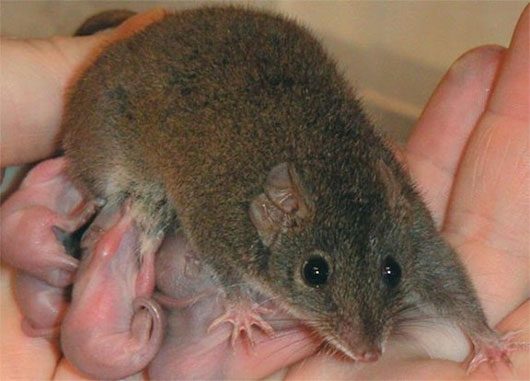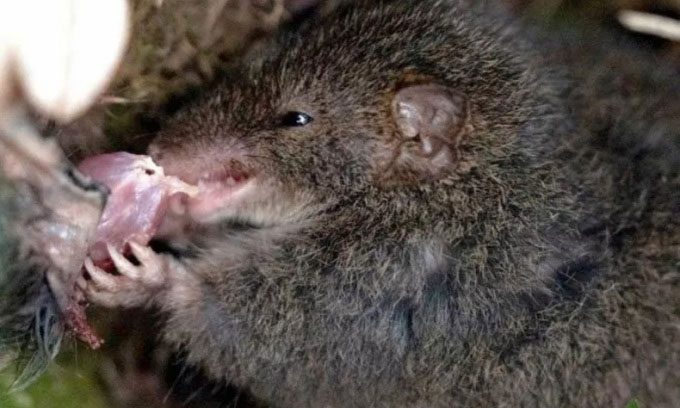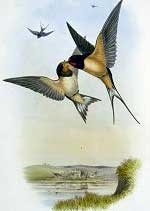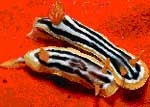Male individuals of certain insect-eating marsupial species in Australia can engage in frantic mating behavior for up to 14 hours with females, often leading to their own exhaustion and death.
Diana Fisher, a zoologist at the University of Queensland, Australia, has participated in research exploring the phenomenon of “suicidal reproduction” among several insect-eating marsupial species found on Pacific islands like New Guinea and Australia, particularly the species known as Antechinus.
Fisher reveals that these animals exhibit a peculiar trait: males can mature quickly within a year and die shortly after mating. Unlike octopuses and male spiders, which can mate multiple times to produce thousands of offspring, these marsupials die to ensure that the female receives the highest quality sperm for fertilization.

The female Antechinus cares for her young while the males have perished from exhaustion after mating. (Photo: Livescience)
The lifestyle of the Antechinus, a small marsupial resembling a mouse in Australia, has always been quite unusual. Their mating season lasts only a few weeks, with each mating session lasting up to 14 hours. Males often become so exhausted that they die after the mating season. However, their peculiar lifestyle has become even stranger as field researchers have discovered evidence of cannibalistic behavior. This new research was published in the journal Australian Mammalogy on January 18.
The cannibalistic behavior was first observed by Elliot Bowerman, a member of the Sunshine Coast Council, during a hike in New England National Park. He spotted a small marsupial dragging the carcass of another and began to feed on it.
Following this, a research team led by Andrew M. Baker, an associate professor of ecology and environmental science at Queensland University of Technology, reviewed the video footage Bowerman captured on his mobile phone. They confirmed that the animal in the video belonged to the genus of marsupials known as Antechinus.

Antechinus marsupial feasting on its own kind. (Photo: Elliot Bowerman).
During the mating season, male Antechinus release high levels of testosterone. This continuous high level of testosterone leads to the persistent release of the stress hormone cortisol, which ultimately reaches harmful levels and disrupts the immune system. As a result, the males end up bleeding internally and dying.
Baker suggests that the carcasses of the marsupials provide an easy source of energy. Therefore, the surviving individuals will consume the remains of their kind. “The death of male marsupials creates an opportunity for the surviving males and females that are pregnant or lactating to easily obtain energy through cannibalism,” Baker stated.
While it remains uncertain whether it is male or female marsupials that consume their kind, Baker believes it is highly likely to be the males. “Males are thought to eat less than females during reproduction, but both sexes will feed during this time. In the video, the Antechinus consuming its own kind appears robust with a large body, yet it shows injuries to its right eye and loss of fur on its arm and shoulder. This is associated with the weakening caused by stress in males. Perhaps it is also about to face the fate of becoming a meal for another,” Baker noted.





















































